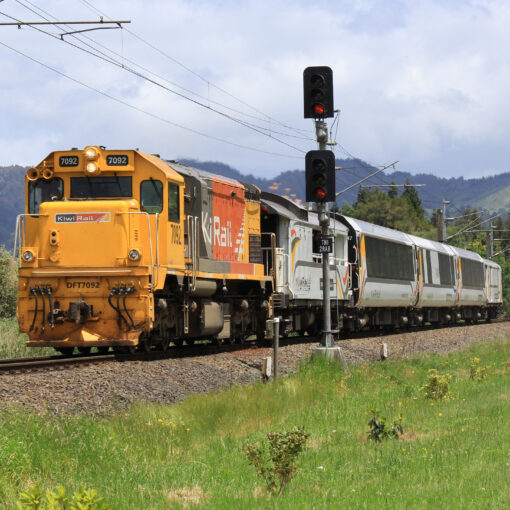Article by Todd Litman, Victoria Transport Policy Institute
Abstract
Traffic congestion tends to maintain equilibrium. Congestion reaches a point at which it constrains further growth in peak-period trips. If road capacity increases, the number of peak-period trips also increases until congestion again limits further traffic growth. The additional travel is called “generated traffic.” Generated traffic consists of diverted traffic (trips shifted in time, route and destination), and induced vehicle travel (shifts from other modes, longer trips and new vehicle trips). Research indicates that generated traffic often fills a significant portion of capacity added to congested urban road.
Generated traffic has three implications for transport planning. First, it reduces the congestion reduction benefits of road capacity expansion. Second, it increases many external costs. Third, it provides relatively small user benefits because it consists of vehicle travel that consumers are most willing to forego when their costs increase. It is important to account for these factors in analysis. This paper defines types of generated traffic, discusses generated traffic impacts, recommends ways to incorporate generated traffic into evaluation, and describes alternatives to roadway capacity expansion.
Under typical urban conditions, more than half of added capacity is filled within five years of project completion by additional vehicle trips that would not otherwise occur, with additional but slower growth in later years.
Read the full article here:

